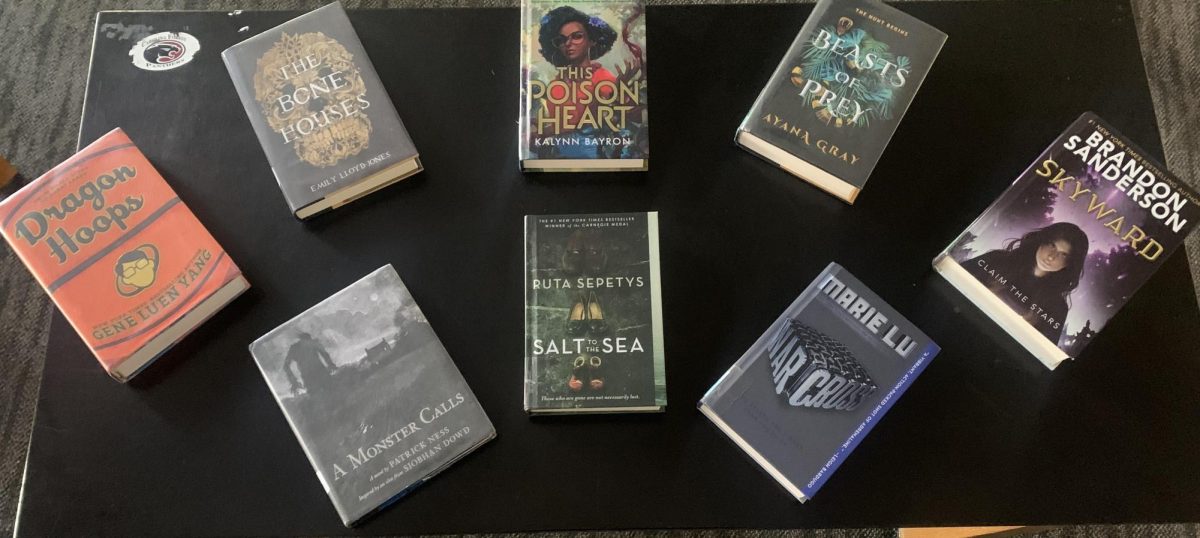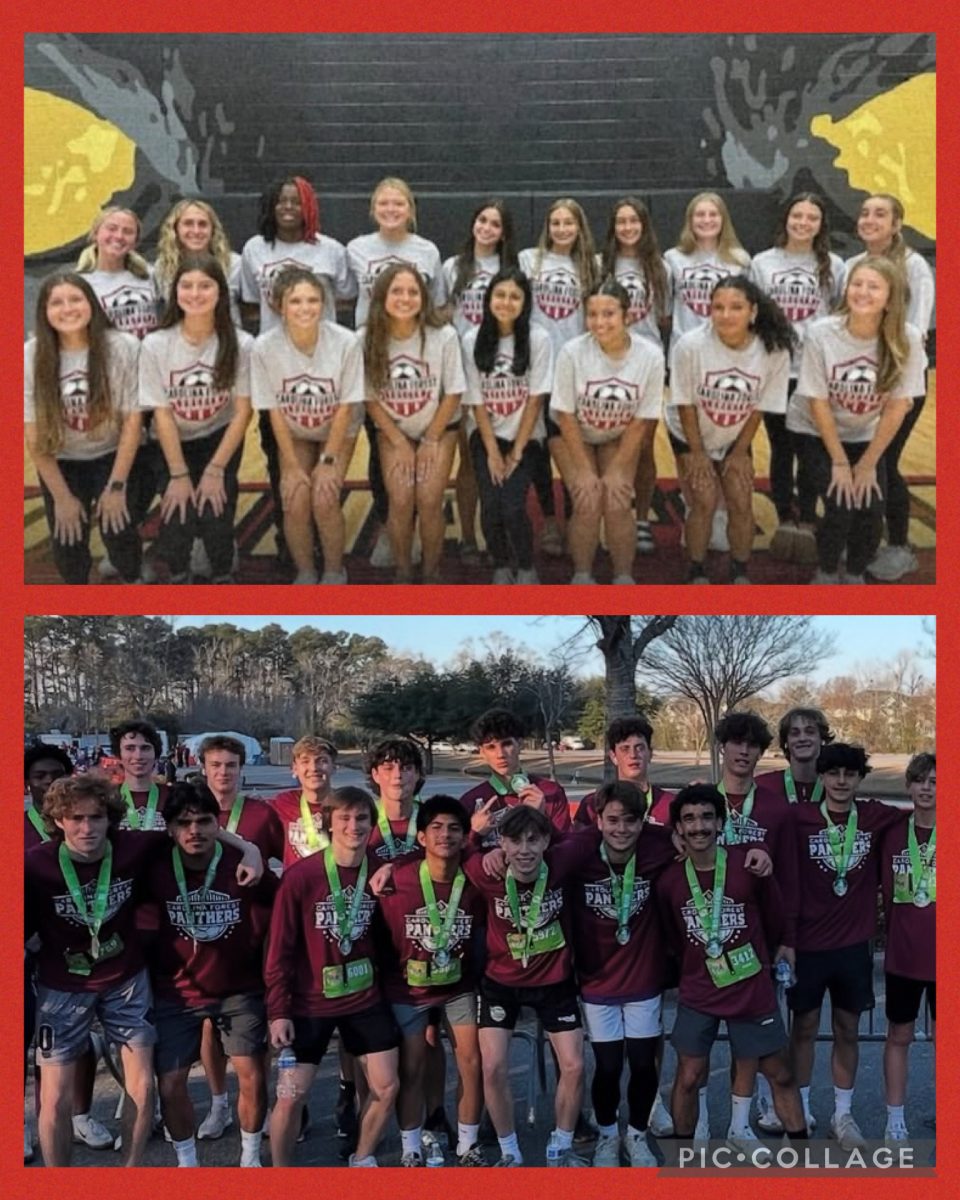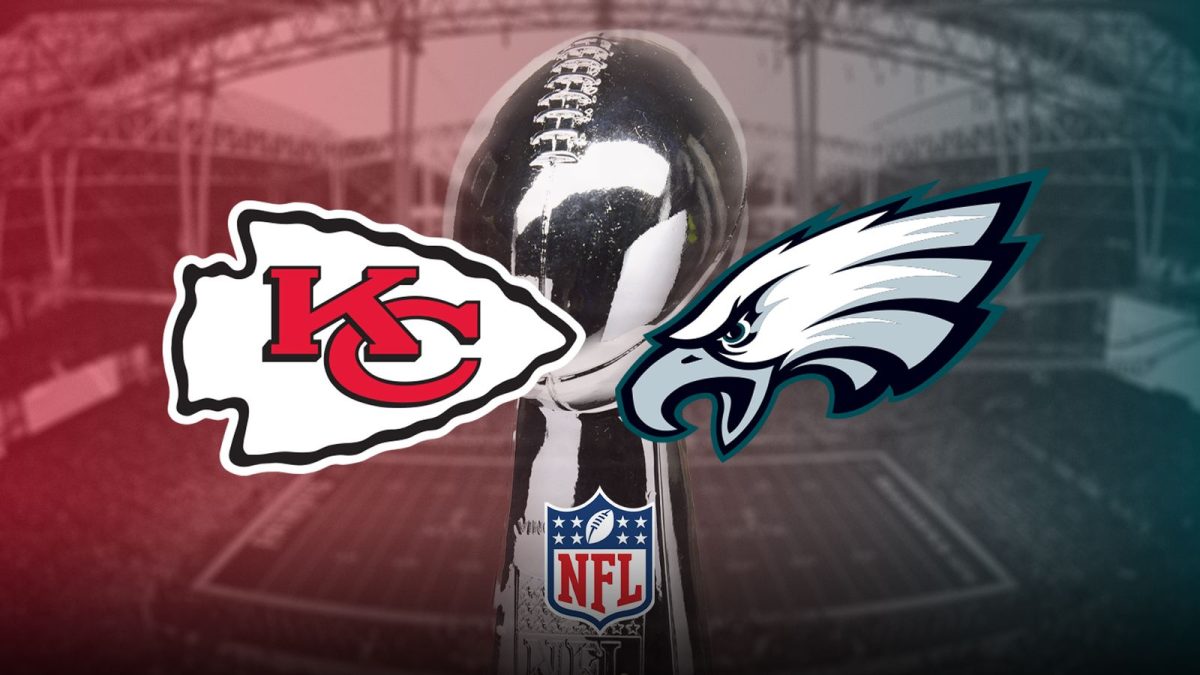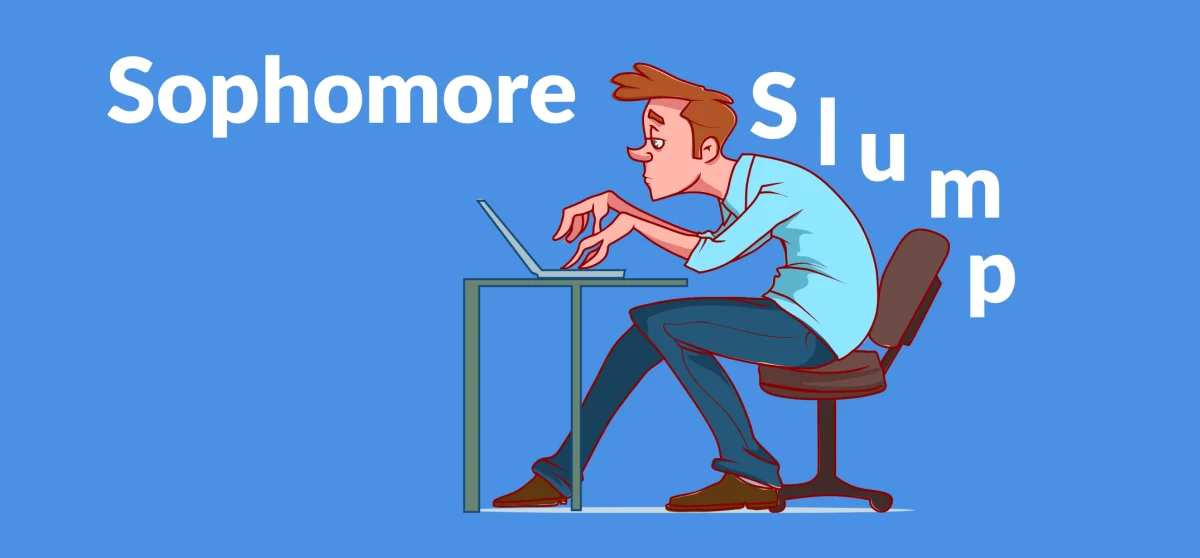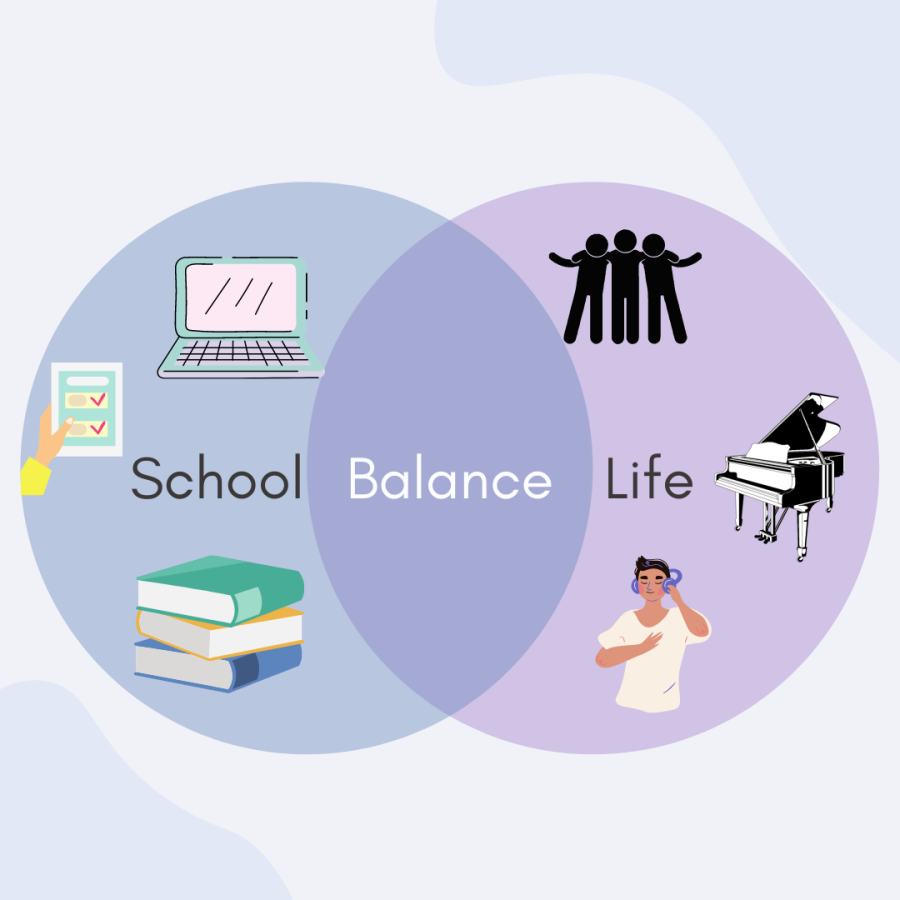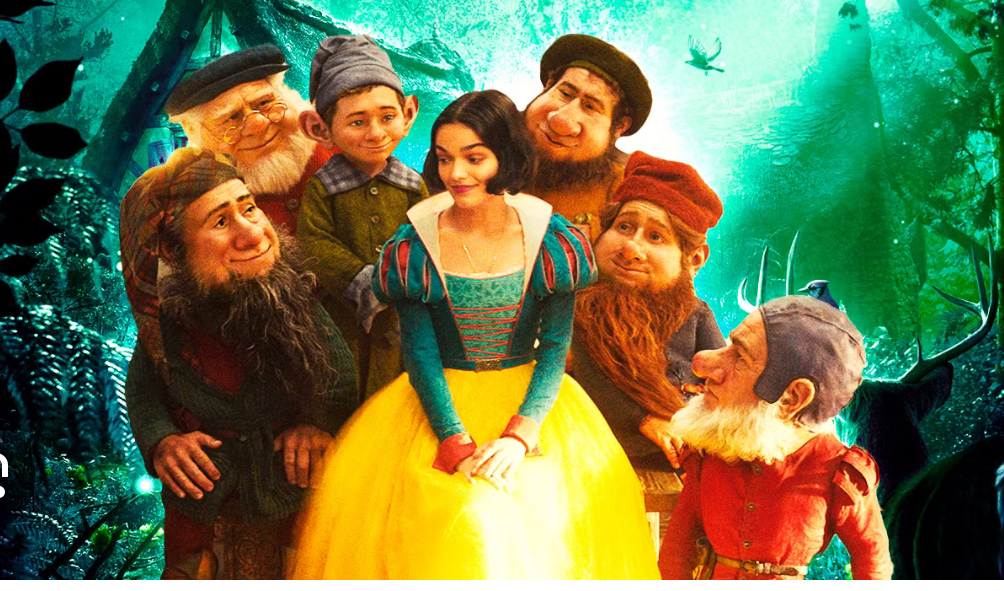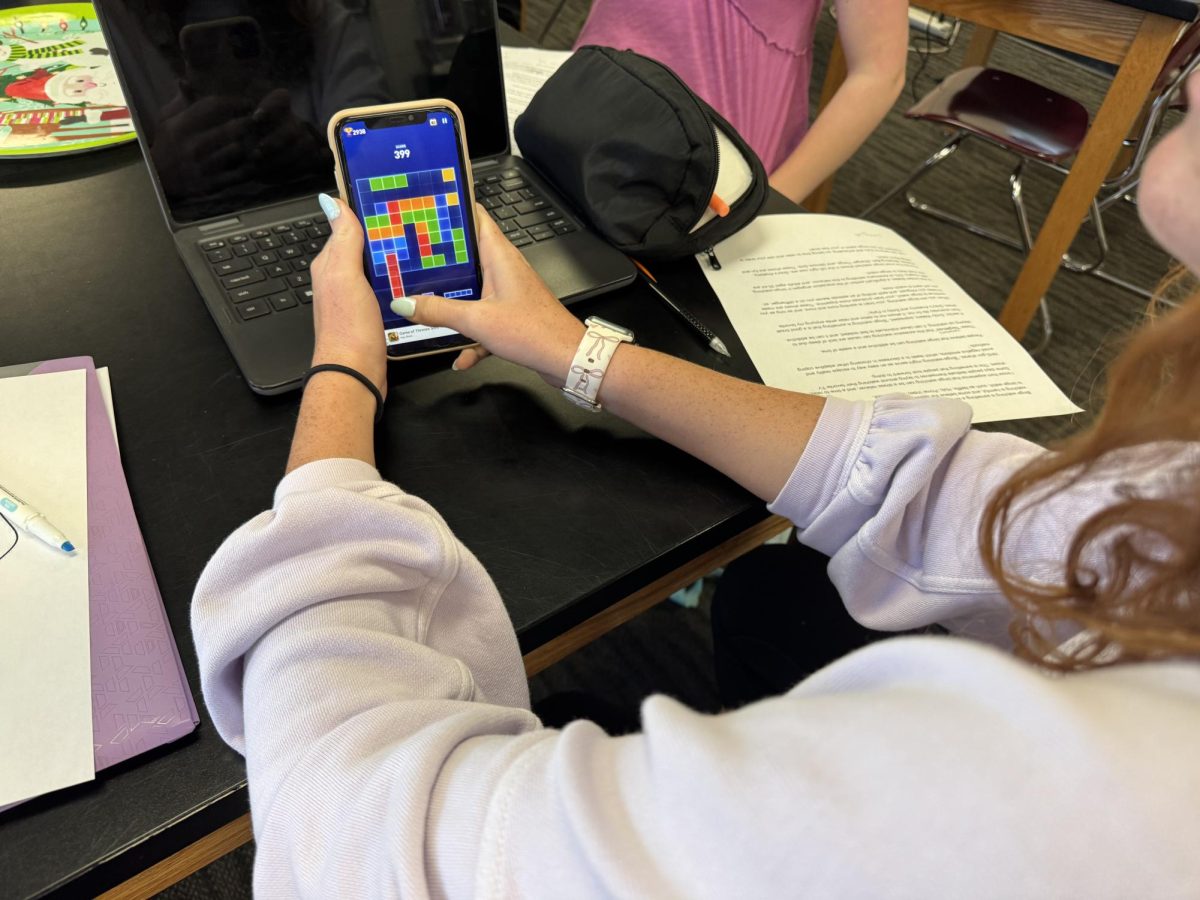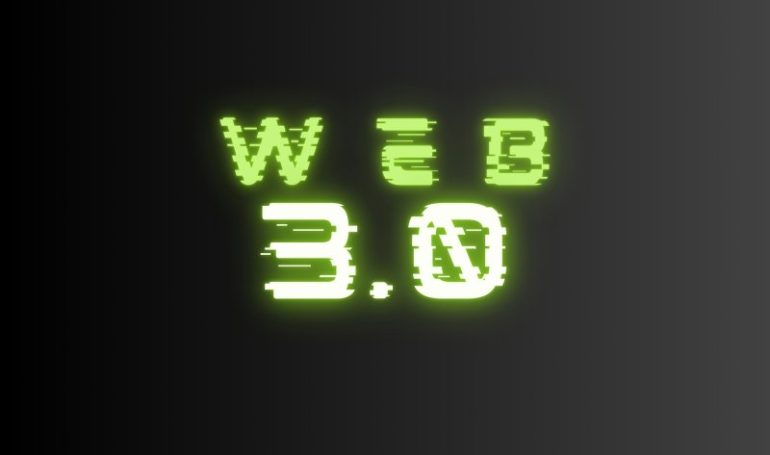Web3: The Future of the Internet
December 7, 2021
The internet is currently dominated by a few major tech companies that provide most services, such as Facebook, Google and Twitter. Even though we may think of competitors like Bing, even these competitors offer a specific type of service. On the other hand, Web3 (short for Web 3.0) offers a completely new model of internet usage.
But, what is Web3? As stated in the name, Web3 is the third version, or generation, of the web. For context, we need to understand what Web1 and Web2 are.
Web1, being the first generation of the web, was what the internet looked like when it first launched for the public in 1993. We could think of it as the “reading web,” where users would go on websites and they could only access articles or stores, almost like a magazine on a computer screen.
Web2, the current and second generation of the web, is what we’re familiar with today. Think of it like the reading and writing web. Now, users not only have the ability to read what other users post, they can now write their own posts as well. This is how most social media companies work today. In order to make money off the Web2 model, social media companies (Facebook, for example) will log all the data produced by a user and advertisers will use that data to show them targeted ads.
However, the internet doesn’t have to be modeled this way. Recently, especially after the popularity of cryptocurrency and NFTs, people have been discussing Web3 as an alternative to the current paradigm of the internet. Web3 is a new generation of the web, where instead of interaction being controlled and mediated by companies like Facebook, the priority is decentralization, or placing the power in the hands of users instead of companies. In addition to the reading and writing of the first two generations, Web3 enables users to own the data they produce.
But, this leaves many questions. What does owning your own data look like? How is it possible? What can we do with it? Due to the rising popularity of Web3 and Web3-inspired technologies like Bitcoin, NFTs and blockchain networks, we can actually answer these questions.
For most internet users today, being able to own and read your own data seems like a privilege that only web developers have access to. However, with the development of blockchains, users will have a whole new level of control over their own data. A blockchain network is a publicly available record of transactions and data on the internet. In order to make the blockchain accessible for average users, the data must be made easy to access, read and interpret. In blockchains, users gain the ability to not only easily view their data (and everyone else’s on the blockchain) but also ownership over that data.
This explanation also leads to more questions. How can you, as a user, own something like data? And what can you do with it? Since data on the blockchain is publicly available, other users can see what data you own and can then buy it for their own uses. However, this public availability does not mean that anyone can read all your data. Every “piece of data” on the blockchain has an encryption key tied to it that only the owner has access to.
For example, if you wanted to sell your data to an advertising company, you would provide them with your private encryption key for them to look at, and then they would purchase the data and use it for their own purposes. Imagine if you could use the data you produce on Facebook, but instead of Facebook having the rights to it and selling it for themselves, you have the rights to it and you can sell your data on your own terms and without interference from a middleman.
This is the main principle of Web3: decentralization and private ownership. This principle allows for many exciting new uses of the internet. Without going too deep into detail, some of the interesting uses of Web3 are DAOs and ZKPs.
A DAO is short for “decentralized autonomous organization.” This means that users can participate in leaderless, community-operated organizations completely anonymously while still being able to trust each other. This is done by laying out a set of rules by which the organization will operate and then creating a digital token to raise funds. Token holders are then given the rights to vote in the organization, and they are incentivized to vote in the best interest of the organization in order to increase the value of their token.
For an example, imagine an organization that wants to provide a music streaming service. To do this, a small community would anonymously get together online and create a list of rules that their community will operate on. In order to raise funds to develop the code and to pay for the music licensing, the organization would give a token to its developers. Since no one would want to buy or care about a token from a music streaming service with no users, the developers are then incentivized to make high quality products that attract users. As the service accumulates more users, the value of the service and therefore the value of its token increases.
Another interesting use of Web3 is a ZKP, short for “zero-knowledge proof.” ZKPs are a way of verifying if something is true without revealing any information, or knowledge, about the user. ZKPs work by asking a user to execute an action that would only work if the requirements were met, and repeating to ask them this until it is a mathematical certainty that the requirements are indeed met.
For example, if you want to access an age-restricted website, using a zero-knowledge proof, you could prove you are over 18 without having to show what your actual age is. Currently, you need to provide some kind of identification to get past an age filter, one which reveals what your exact age is. Using a ZKP, you wouldn’t need to show your specific age, only that you are over 18. The system would ask you to execute an action that only people over the age of 18 can do and would continue to ask you to do it until there was a near-zero probability of you faking it or getting lucky. Of course, this would all be done automatically through your computer, not manually. If you execute the action enough times to prove you’re over 18, the program will then know that you are 18 without you ever having to reveal your actual age.
If Web3 becomes widely used, we can have hope for a new paradigm of the internet with more power given to the user. However, we have to remember that this isn’t a situation we’re simply going to “fall into.” If we want to make a new internet using Web3 that prioritizes privacy and decentralization, we as users have to vote with our attention and money for the future that we want to see. Hopefully, we can vote for the future of Web3.






